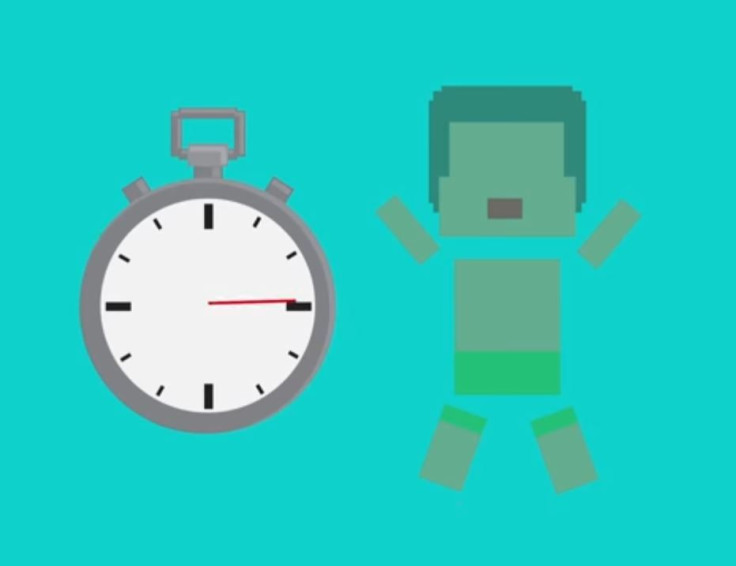What Drowning Feels Like: Asphyxiation In Water Is Silent But Deadly

Our impending death is the one thing that unites all of humanity. But the circumstances under which we bite it won’t be the same — some of us will die in excruciating pain, some of us won’t even know we’re dying.
Drowning appears to be somewhere in between those two. A terrifying and morbid video from Life Noggin explains what happens to someone when they drown. It’s not pleasant, and it’s not what you would imagine.
Although most movie drowning victims make a lot of splash and noise, apparently that is overacting — drowning is more like a Kurt Russell death from the Poseidon Adventure, if you cut out the volts of electricity flashing through his body, or Piper Perabo in the Prestige. “Typically it’s a silent act,” Life Noggin says, because the mouth is usually submerged and only breaks the surface when you are trying to breathe. Hyperventilating from panic will make you breathe water and will cause a laryngospasm, a vocal cord spasm that will make it even harder to call for help because it blocks your airway to protect your lungs.
Read: Can You Really Be Buried Alive?
As the drowning progresses, your body doesn’t get enough oxygen and you lose consciousness, at which point your airway relaxes and your lungs fill up with water. Further going without oxygen, your body shuts down from brain damage and cardiac arrest.
Hundreds of thousands of people around the world die this way every year, the World Health Organization estimates. Most of them were in low- and middle-income countries, which are also more affected by flooding conditions, and small children are particularly at risk.
Read: What an Allergic Reaction Does to Your Body
Your chances of survival are better if the water is cold, because hypothermia makes your body redirect oxygenated blood to its most important organs, meaning you can live longer on your limited oxygen supply. But it’s still an awful way to go.
See also:



























